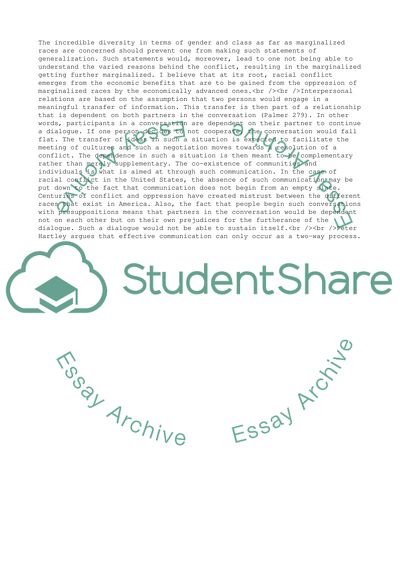Cite this document
(Conflict Management and Communication Coursework, n.d.)
Conflict Management and Communication Coursework. https://studentshare.org/management/1875584-conflict-analysis
Conflict Management and Communication Coursework. https://studentshare.org/management/1875584-conflict-analysis
(Conflict Management and Communication Coursework)
Conflict Management and Communication Coursework. https://studentshare.org/management/1875584-conflict-analysis.
Conflict Management and Communication Coursework. https://studentshare.org/management/1875584-conflict-analysis.
“Conflict Management and Communication Coursework”. https://studentshare.org/management/1875584-conflict-analysis.


